What Torque Wrench Accuracy Means and Why It Matters
Defining Torque Wrench Accuracy: Full-Scale vs Indicated Value
When it comes to measuring how accurate a torque wrench really is, there are basically two ways people look at it these days: full scale (FS) and indicated value (IV). With FS accuracy, manufacturers set what they call an acceptable error margin as a percentage of the wrench's total capacity. Take a 100 Nm wrench with ±5% FS accuracy for instance. That means when someone sets it to 100 Nm, there's actually room for about 4 Nm difference either way. But here's where things get tricky for mechanics working on smaller jobs. At just 20% of that maximum setting, the same wrench might actually be wrong by as much as 20% of whatever torque is being applied. The other method, IV accuracy, works differently. Instead of basing tolerances on the wrench's maximum capacity, it looks at the specific setting chosen. This makes a big difference in practice because tools certified under IV standards have been shown to cut down on bolt failures during car engine builds by around 21%, something that auto shops definitely take notice of based on studies from materials scientists.
Standard Accuracy Ranges (±2–4%) and ISO 6789 Tolerance Requirements
Torque wrenches certified under ISO 6789 need to stay accurate within about 2 to 4 percent, which means getting them calibrated once a year is essential for staying compliant. Take a 200 Nm wrench as an example – when it meets these specs, it actually applies somewhere between 196 and 204 Nm of force. This kind of precision matters a lot in important jobs such as putting together parts for airplanes. Tools that don't meet these standards create much more variation during work on car suspensions, roughly 3.8 times more than compliant ones. Companies that stick with ISO guidelines tend to see around 92% fewer problems needing recalls because of issues related to improper tightening over the course of five years according to industry reports.
Why Precision in Torque Application Is Critical for Safety and Performance
When torque specifications are off by just 5%, it can slash joint integrity by around 34% in things like bridges, and boost failure chances by nearly 20% when putting together medical devices. Going too hard on the torque makes bolts wear out faster about 18% quicker, but going too light is worse in some cases. Under torqued connections in wind turbine blades have been known to come loose from vibrations at a rate that's jumped 27% recently. All these numbers explain why getting torque right matters so much in places where mistakes aren't an option. Think about nuclear reactors needing parts that won't fail or aircraft engines certified to exact standards. The industry demands something close to perfect compliance, usually aiming for that 99.9% mark across all critical components.
Key Factors That Affect Torque Wrench Accuracy
Impact of Physical Damage, Drops, and Overloading
When it comes to calibration drift, physical damage remains number one on the list. Research indicates around 62 percent of those pesky accuracy issues with click type torque wrenches happen when they get dropped more than three feet or used repeatedly past their rated capacity. A simple fall can bend that internal tension spring, and pushing too hard will warp the drive square. Either way, measurements start going off track somewhere between 4% and 7%. For anyone serious about maintaining accurate readings, how these tools are handled day to day matters a lot. Keep them stored properly away from construction sites where accidents wait to happen.
Environmental Conditions and Their Influence on Calibration
Temperature fluctuations outside the ISO 6789 range (59–77°F) shift calibration by ±0.5–1.2% per 18°F change due to metal expansion or contraction. High humidity (>65% RH) promotes corrosion in micrometer mechanisms, and airborne particulates increase friction in ratchet components by 12–19% annually, degrading long-term performance.
User Handling Errors That Compromise Set Torque Values
Improper technique accounts for 34% of field accuracy failures. Applying force at angles other than 90° to the fastener introduces lateral stress, skewing readings. Additionally, failing to reset click-type wrenches to 20% of scale after use keeps internal springs under constant tension, accelerating wear and reducing calibration life within 50–75 cycles.
Calibration Standards and the Step-by-Step Verification Process
Overview of ISO 6789 and Other Relevant Calibration Standards
The ISO 6789 standard has become the go-to reference point worldwide when it comes to calibrating torque wrenches, typically setting a tolerance range of plus or minus 4 percent for standard mechanical tools. The standard actually lays out pretty detailed requirements including specific testing methods, controlled environments around room temperature between 20 and 22 degrees Celsius with humidity levels kept between 50 and 60 percent, plus there's this whole thing about traceability back to official national measurement authorities. For industries where even small errors can be dangerous, other standards step in with tighter specs. Take aerospace work or heavy manufacturing for instance, where standards such as ASME B107.14 and DIN 5138 demand only a 2 percent margin of error. These stricter guidelines make sense given how critical accuracy becomes when dealing with components that literally hold things together under extreme conditions.
How Torque Wrench Calibration Is Performed: Tools and Procedures
Certified labs follow a four-phase process:
-
Preparation: Clean and inspect the tool for damage, then precondition it with five full loading cycles.
-
Measurement: A reference-grade torque tester applies loads at 20%, 60%, and 100% capacity, comparing results against NIST-traceable standards.
-
Adjustment: If deviations exceed ±1%, technicians adjust spring or cam mechanisms using calibration software to minimize human error.
-
Verification: Three consecutive passes within ISO 6789 limits are required before recertification.
Digital torque analyzers (0.1 Nm resolution) and climate-controlled benches ensure precision throughout the process.
Measuring Calibration Impact on Tool Accuracy and Reliability
Properly calibrated tools reduce fastener failure rates by 63% compared to uncalibrated ones (NIST 2023). Post-calibration metrics demonstrate significant improvements:
| Metric |
Uncalibrated Tool |
Post-Calibration |
Improvement |
| Measurement drift |
±8.2% |
±2.1% |
74% |
| Inter-replicate error |
5.7 Nm |
1.3 Nm |
77% |
| Temperature sensitivity |
High |
Low |
82% |
12-month field study of 400 industrial torque tools
Regular calibration extends tool lifespan by 30–40% by preventing overload-induced wear in drivetrain components. Technicians provide detailed reports including As-Found/As-Left data and uncertainty budgets to verify compliance.
Recommended Calibration Frequency Based on Usage
General Guidelines: When to Calibrate Your Torque Wrench
The majority of tool makers suggest getting things calibrated somewhere between six and twelve months if they're being handled properly and stored correctly. But real world experience shows different stories. For tools that see constant action on factory floors, checking them every three months makes better sense. On the flip side, equipment sitting around in climate controlled spaces not getting much love might last closer to eighteen months before needing attention. Some studies have found that about forty percent of all torque problems come from folks using their tools past the suggested time frame. That's why many shops now base their maintenance schedules on actual usage patterns instead of just following calendar dates.
Adjusting Calibration Intervals for High-, Medium-, and Low-Use Scenarios
-
High-use scenarios (e.g., automotive assembly lines): Calibrate every 3–6 months due to repetitive stress.
-
Medium-use applications (weekly maintenance teams): Biannual calibration optimizes cost and accuracy.
-
Low-use environments (occasional DIY projects): Annual verification is sufficient if stored properly.
Critical sectors like aerospace often require calibration 5% more frequently than standard guidelines suggest. Harsh conditions—such as temperatures above 95°F or below 32°F, or humidity exceeding 70% RH—can accelerate calibration drift, shortening intervals by 25–30%.
Best Practices for Maintaining Long-Term Torque Wrench Accuracy
Proper Storage and Handling to Protect Calibration Integrity
Store torque wrenches in protective cases within a temperature-controlled environment (40°F–100°F). Always release the spring tension to the lowest setting after use to prevent internal fatigue and preserve calibration stability.
Routine Inspection and In-House Accuracy Verification Methods
Perform monthly visual inspections for cracked housings, worn gears, or scale misalignment. Conduct quarterly accuracy checks using a calibrated torque tester, ensuring readings remain within the manufacturer’s ±2–4% tolerance.
Preventive Maintenance Tips to Extend Tool Lifespan and Reliability
- Lubricate ratcheting mechanisms annually with manufacturer-approved lubricants
- Replace damaged drive squares and friction plates immediately
- Schedule professional recalibration every 5,000 cycles or 12 months, whichever comes first
FAQ
What is the difference between full-scale and indicated value accuracy in torque wrenches?
Full-scale (FS) accuracy is based on a percentage of the wrench's total capacity, while indicated value (IV) accuracy is based on the specific setting chosen. IV accuracy is often seen as more practical for smaller jobs.
Why is torque wrench calibration important?
Calibration ensures the torque wrench maintains its accuracy, which is critical for safety and performance, especially in industries like aerospace and automotive.
How often should torque wrenches be calibrated?
Generally, torque wrenches should be calibrated every six to twelve months. However, high-use tools may need more frequent calibration every three months.
What environmental factors affect torque wrench accuracy?
Temperature fluctuations, high humidity, and the presence of airborne particulates can all impact the accuracy of torque wrenches.

 EN
EN
 AR
AR
 NL
NL
 FR
FR
 DE
DE
 IT
IT
 NO
NO
 PL
PL
 PT
PT
 RU
RU
 ES
ES
 SV
SV
 IW
IW
 GA
GA
 MI
MI
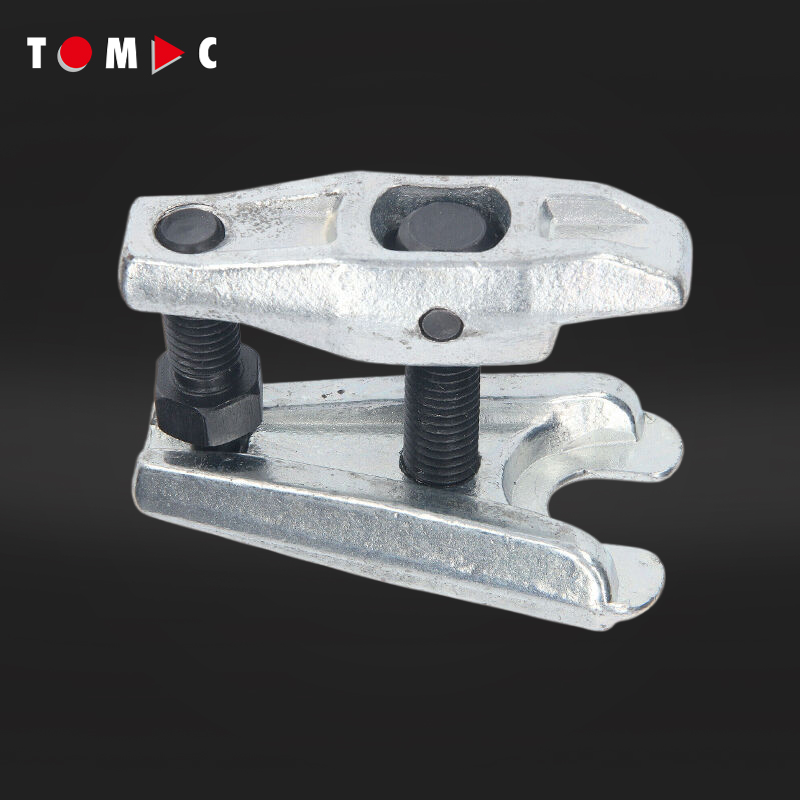
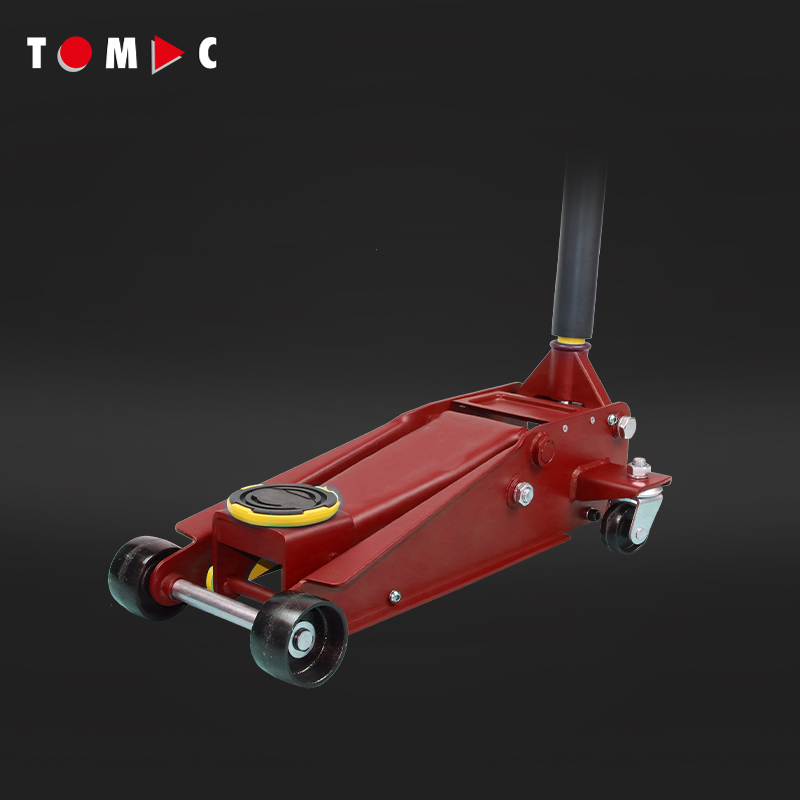
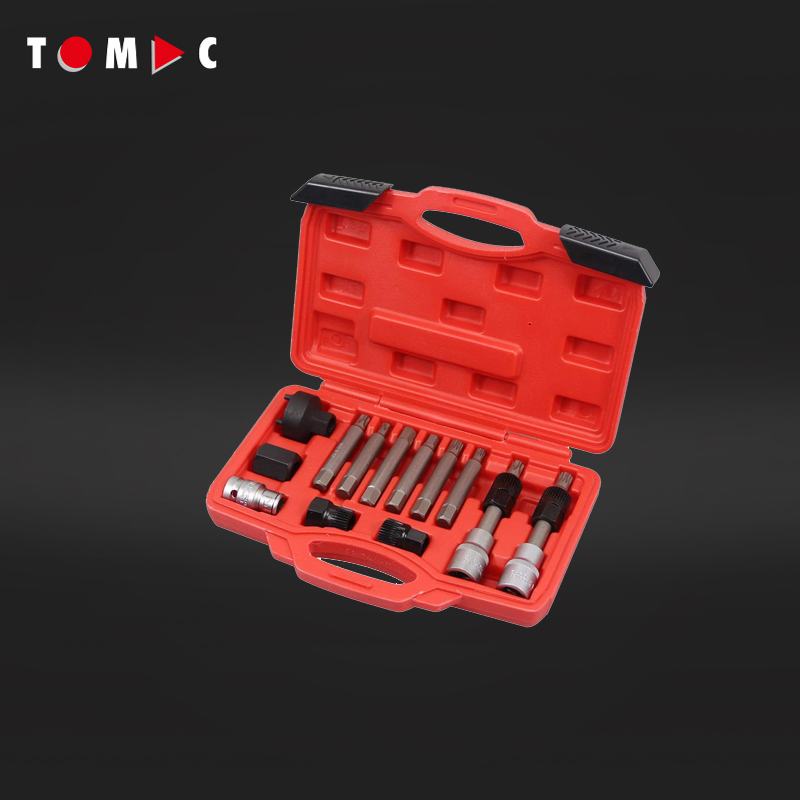
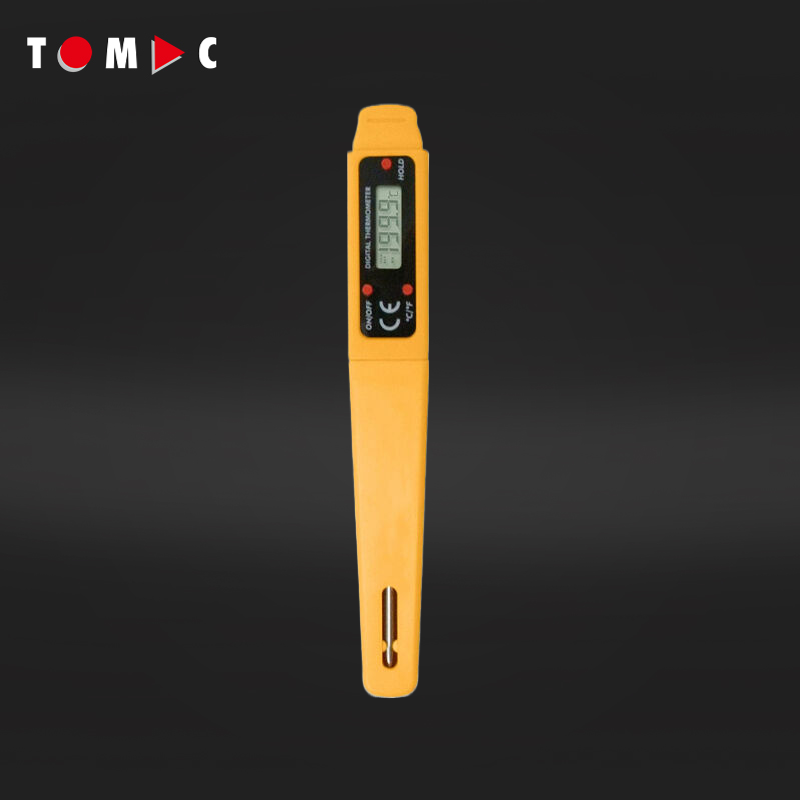
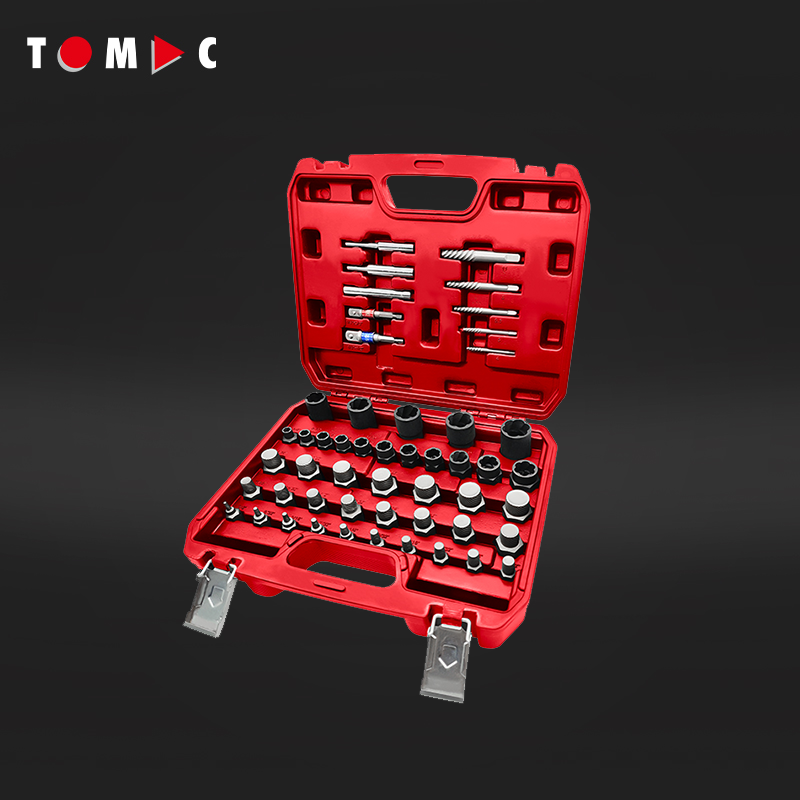
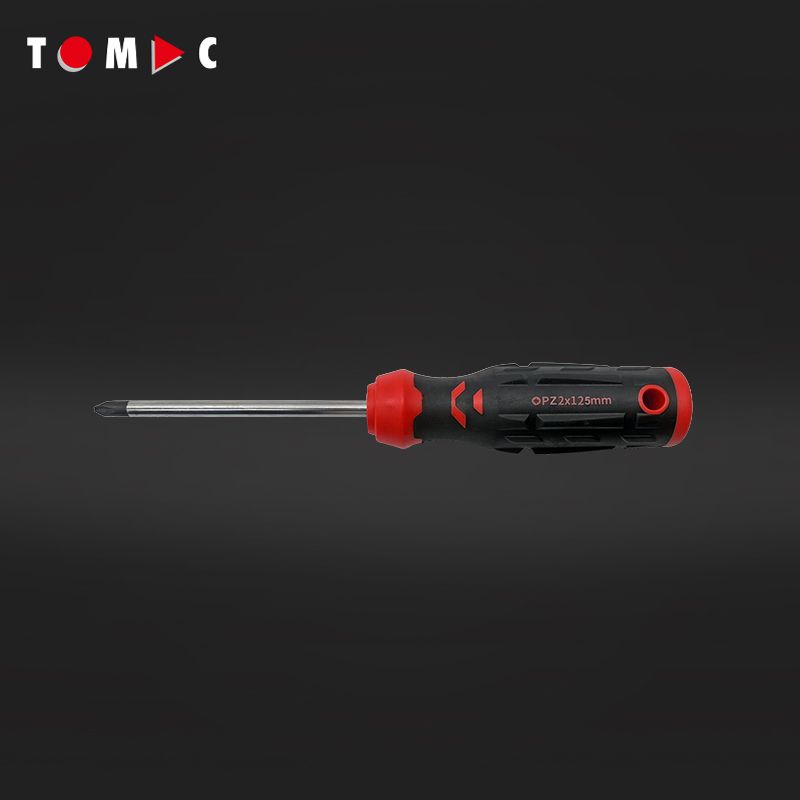
 Hot News
Hot News